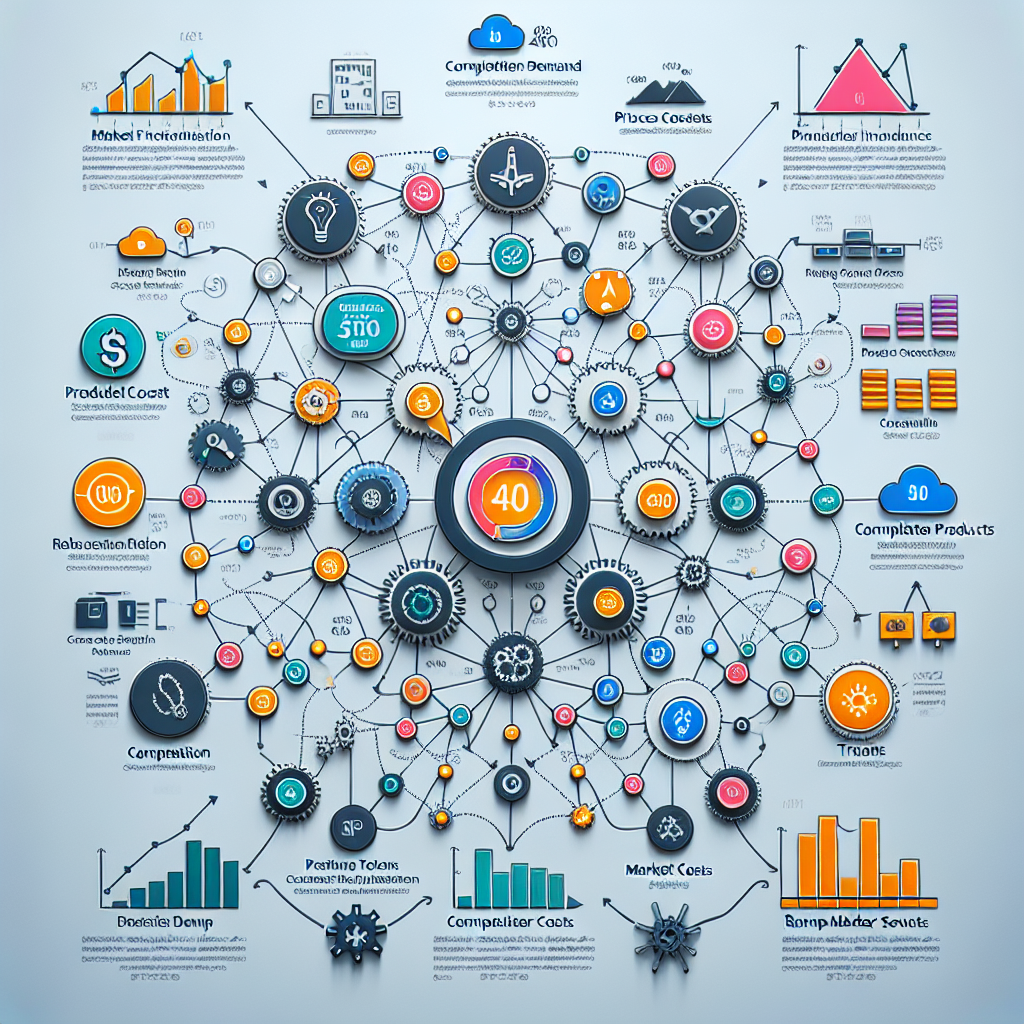In today’s fast-paced and technology-driven business world, having a reliable and efficient managed services provider (MSP) can make all the difference in the success of your organization. MSPs offer a range of services, from IT support and cloud computing to cybersecurity and data management, to help businesses streamline their operations and stay competitive in the market. However, with so many options available, choosing the right MSP for your business can be a daunting task. Here are some key factors to consider when selecting an MSP:
1. Industry Experience: One of the most important factors to consider when choosing an MSP is their industry experience. Look for a provider that has a proven track record of working with businesses in your industry, as they will have a better understanding of your specific needs and challenges.
2. Services Offered: Before selecting an MSP, it’s important to determine what services you need and what services the provider offers. Make sure the MSP can meet your current and future needs, whether it’s IT support, cybersecurity, cloud computing, or data management.
3. Reputation and Reviews: Take the time to research the reputation of the MSP you are considering. Look for reviews and testimonials from other clients to get a sense of their customer satisfaction and reliability.
4. Security and Compliance: Data security is a top priority for businesses of all sizes. Make sure the MSP you choose has robust cybersecurity measures in place to protect your sensitive information and is compliant with industry regulations.
5. Scalability: As your business grows, your IT needs will likely change. Choose an MSP that can scale their services to meet the evolving needs of your organization.
6. Response Time and Support: When it comes to IT issues, time is of the essence. Make sure the MSP offers quick response times and round-the-clock support to minimize downtime and keep your business running smoothly.
7. Pricing: While cost shouldn’t be the only factor in your decision, it’s important to consider the pricing structure of the MSP. Look for a provider that offers transparent pricing and flexible payment options to fit your budget.
8. Communication and Collaboration: A successful partnership with an MSP requires clear communication and collaboration. Choose a provider that values open communication and is willing to work closely with your team to achieve your business goals.
Choosing the right MSP for your business is a critical decision that can have a significant impact on your organization’s success. By considering these key factors, you can select an MSP that meets your specific needs and helps you stay ahead of the competition in today’s digital landscape.








